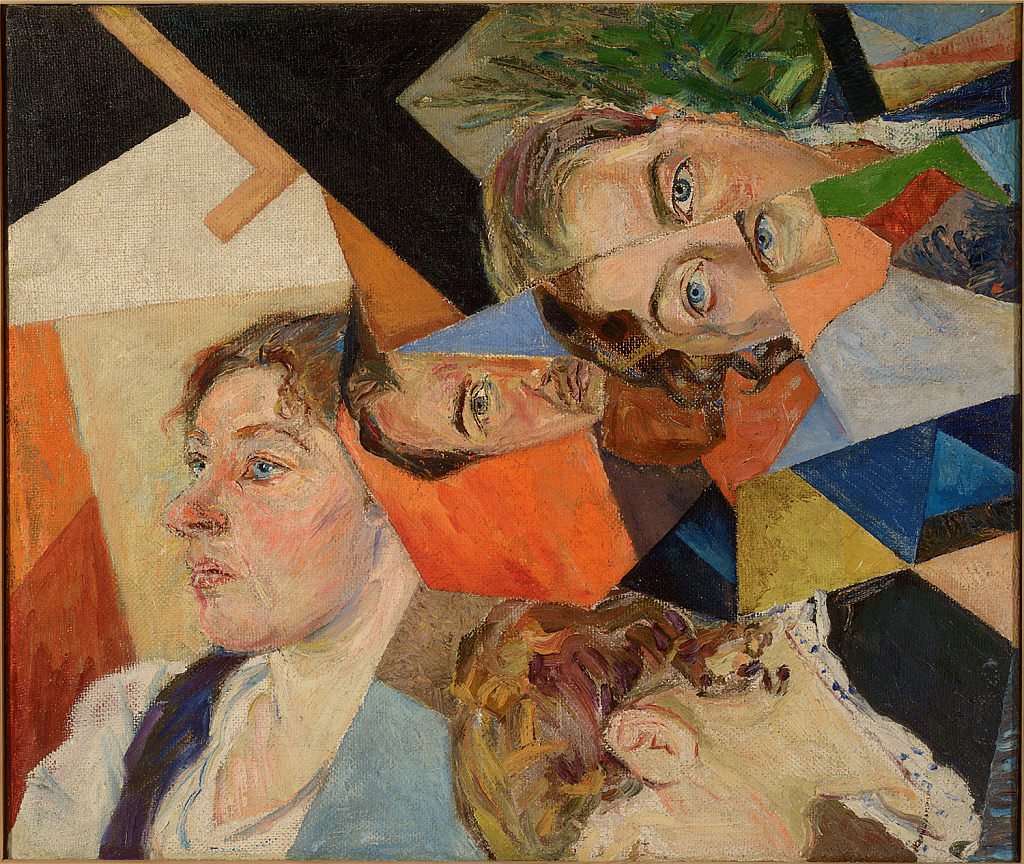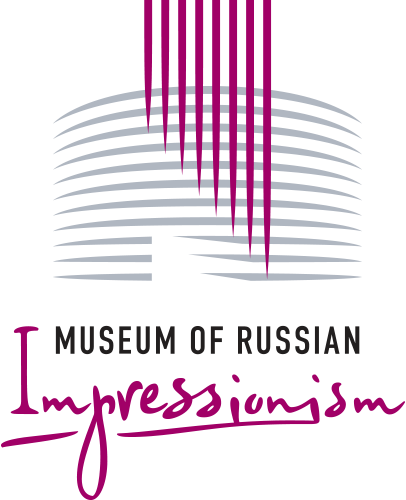
Family Portrait, 1916
David Davidovich Burliuk
Oil on canvas
59.5X68.5
The State Museum of Vladimir Mayakovsky
David Burliuk not only experimented with texture, but also tried to combine the principles of cubism and realism in one work. In the "Family portrait" he depicts his wife Marussia from three points of view: three-quartered, in profile and directly looking into the eyes of the viewer. In the artwork there are also a portrait of Marussia's father and a self-portrait of Burliuk himself. All characters are shown concentrated, as if they are looking into the camera lens. In the background, colored geometric planes overlap realistically executed fragments. Burliuk confronts real images with fantastic forms deliberately. It was a sort of pictorial photomontage, which Burliuk used long before members of the Society of easel painters (as Alexander Deyneka and Yuri Pimenov) did.
Burliuk’s turn to the techniques of realistic painting was parallel with the project of Kazimir Malevich's Suprematism, which meant the end of cubo-futuristic searches and headed on the path to non-objective art. While Malevich proclaimed the end of the history of fine arts, Burliuk continued to look for new ways of development of painting.



